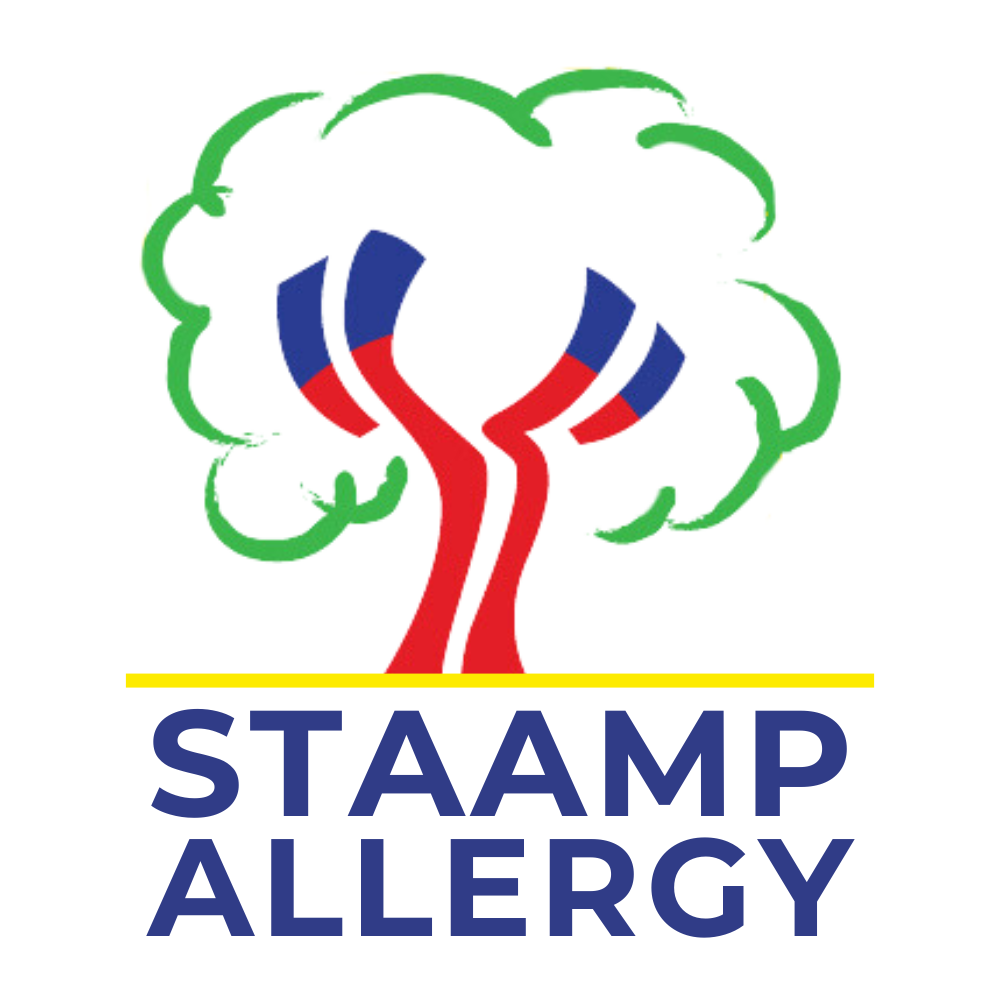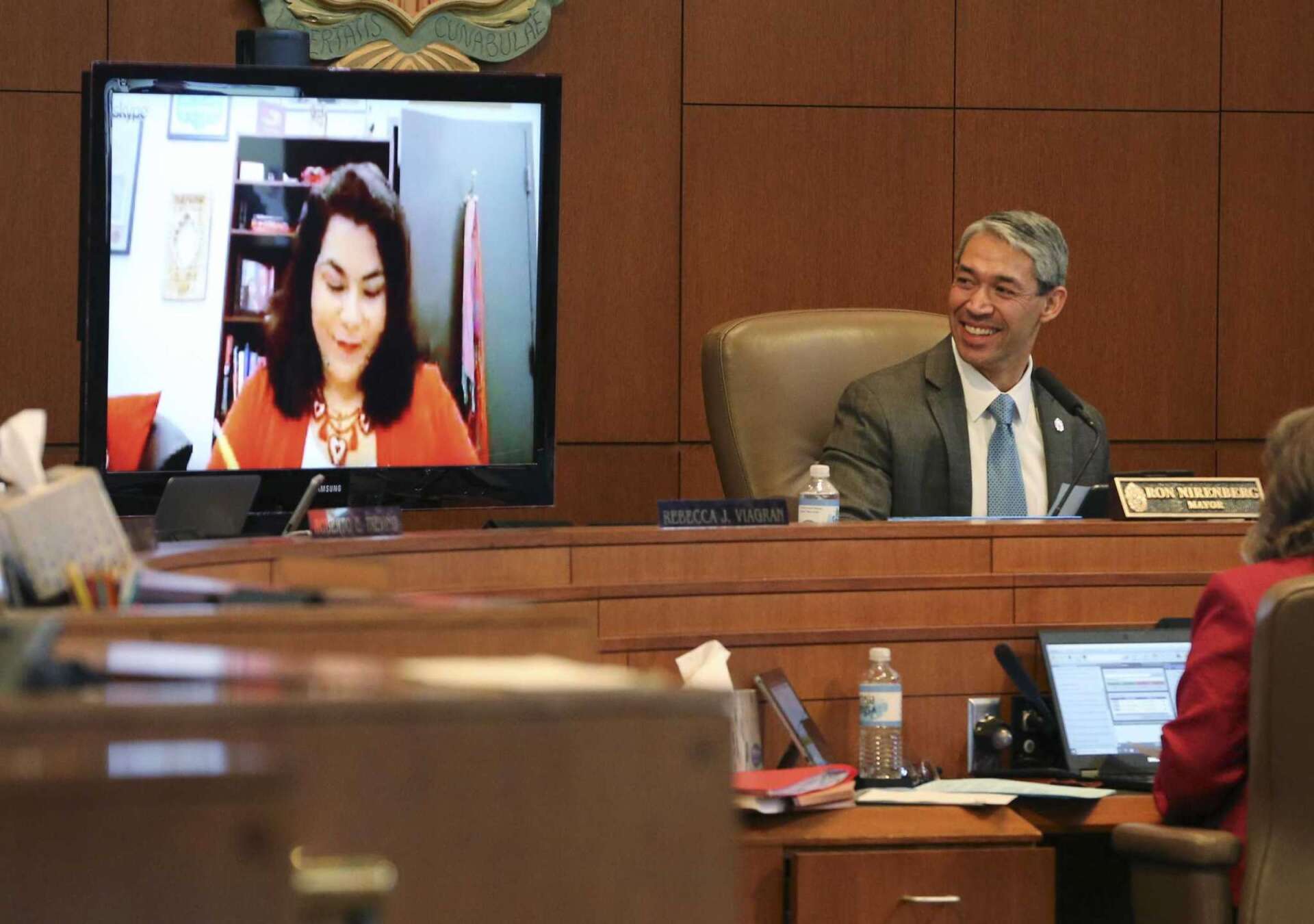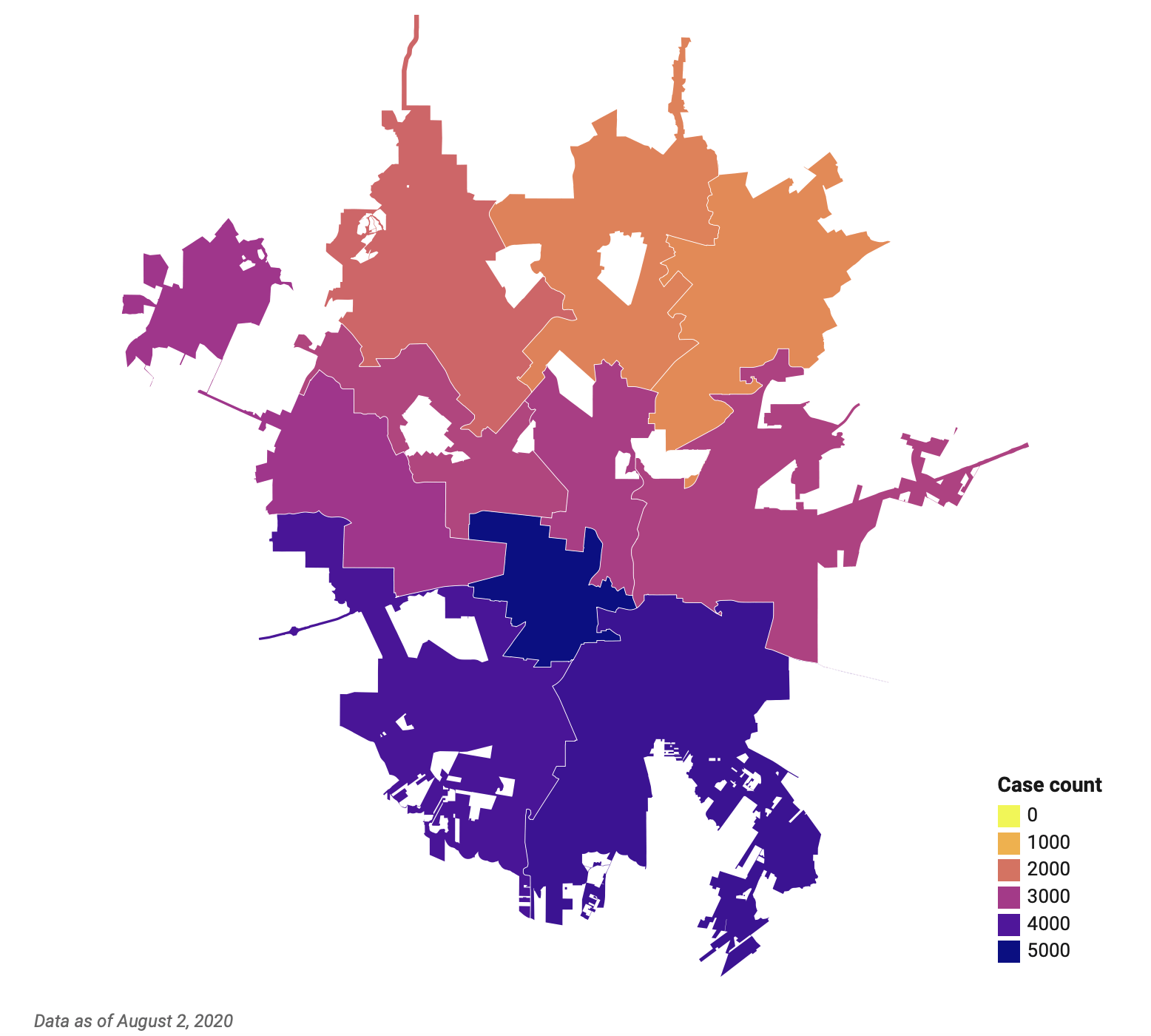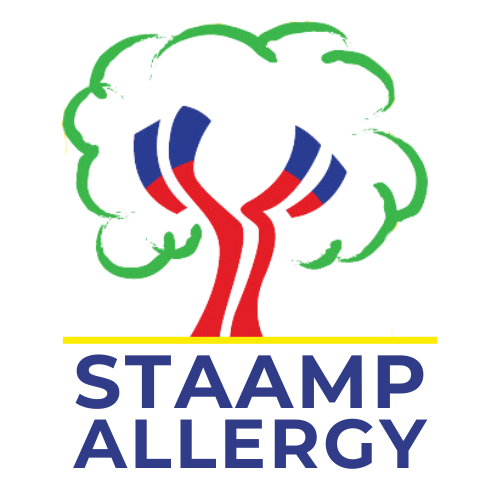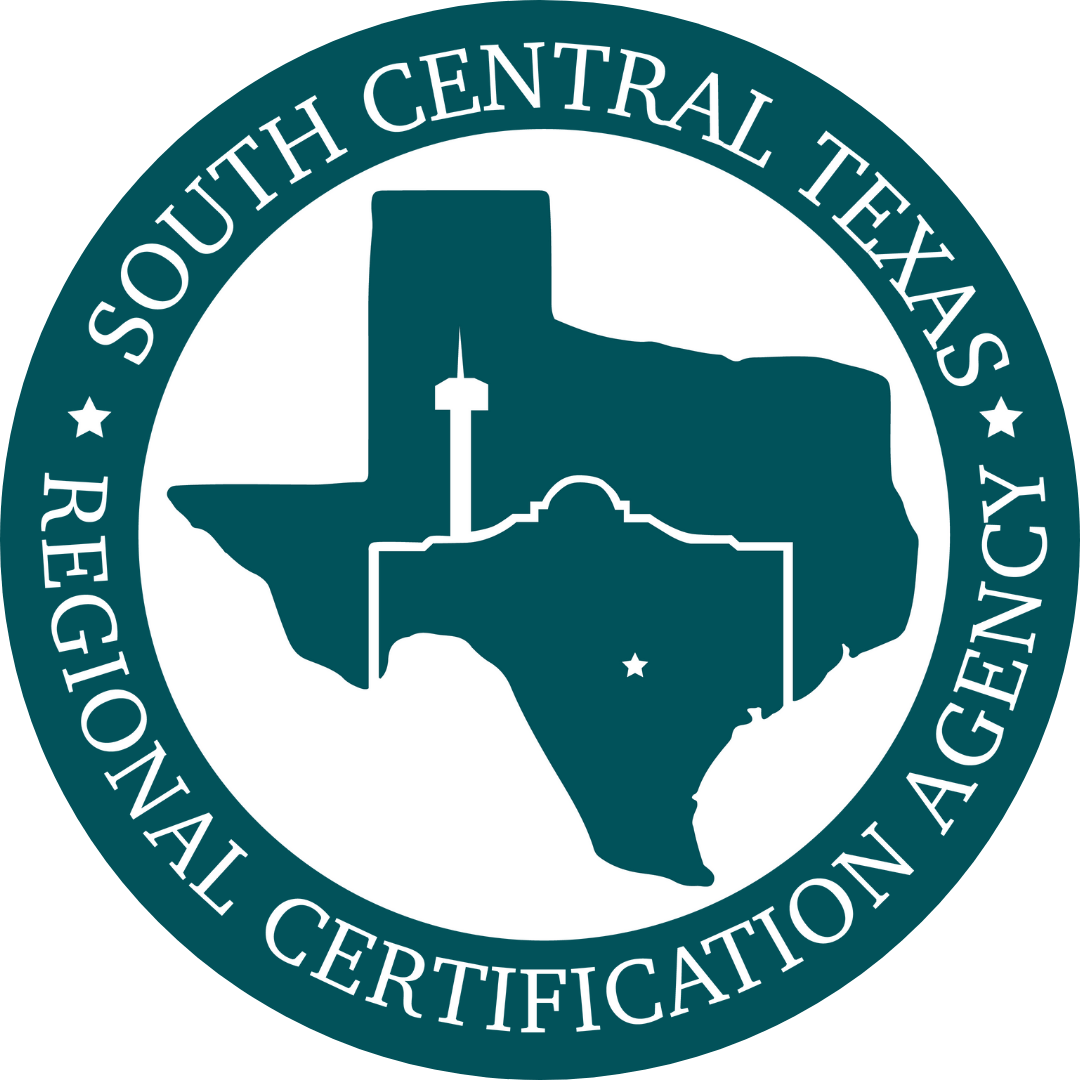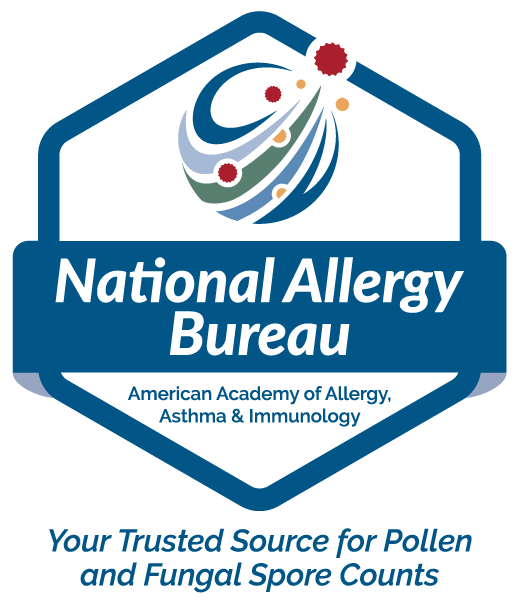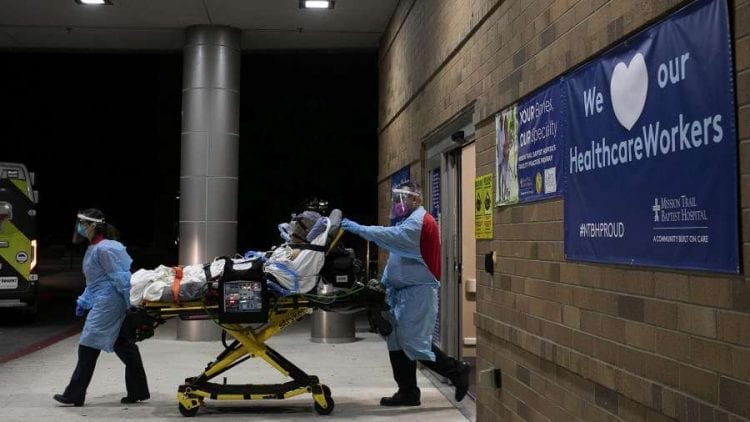
This story was originally published by San Antonio Express News and can be found here.
Even City Council members know what it’s like to lose loved ones to the coronavirus.
In Councilwoman Adriana Rocha Garcia’s family, six people have died of COVID-19 — all cousins on her father’s side who lived on the West Side.
“My dad, he was crying every day for weeks,” said Garcia, who represents District 4 on the Southwest Side, which has one of the city’s highest rates of coronavirus infection. “He thought his whole family was going to pass away.”
Garcia’s firsthand experience puts a spotlight on the disproportionate impact the virus has inflicted on the city’s poorest neighborhoods.
Nearly half of those who have died of COVID-19 lived on the West and South Sides, parts of town that are overwhelmingly Hispanic, figures shared with the San Antonio Express-News show.
Previously, the city had not released data showing deaths by geography.
More than a third of the 276 deaths that occurred within city limits as of Aug. 2 were in two council districts: District 3, which covers the Southeast Side, and District 5, which includes parts of the South Side and the heart of the West Side.
Neighboring District 4, which covers the Southwest Side, accounts for 11 percent of the city’s deaths.
Compare that to the three North Side districts — 8, 9 and 10 — which together accounted for 16.3 percent of the city’s deaths as of Aug. 2.
The numbers came as no shock to South Side politicians and health experts.
“Unfortunately, they didn’t surprise me,” said Garcia, who pushed the Metropolitan Health District to provide her the figures. “I knew we were going to be affected. I was just sad because my theory proved true.”
An early hot spot of the disease helps account for the high numbers in District 3, represented by Councilwoman Rebecca Viagran. At Southeast Nursing and Rehabilitation Center, 18 residents died of the virus. Critics pointed out the nursing home had low ratings in federal inspections.
The pandemic, officials and experts say, has taken advantage of the city’s pervasive poverty, high rates of chronic health conditions such as diabetes and heart disease and gaps in health care access along racial lines — trends that have persisted decades after the end of policies of racial redlining and legal segregation.
“It just again magnifies the disparities that exist in our city,” Viagran said.
That’s a sentiment echoed by Dr. Erika Gonzalez, an allergy and immunology specialist and a board member at CentroMed, a nonprofit health network with clinics throughout Bexar County
“This is not a virus that at all discriminates,” Gonzalez said. “That alone should make us take a step back and ask ourselves if people on the North Side are equally at risk of getting the disease as somebody on the South Side.”
The West and South sides are home to thousands who work in the service sector — think grocery store clerks and restaurants servers, jobs that can’t be done remotely.
San Antonio city council district 5 leads the city for the most COVID-19 cases
“They’re asked to go into work,” Viagran said. “They’re asked to still be present and maybe not gain the appropriate protective gear that they need to work.”
Viagran added, “I can’t just tell people to stay home when maybe their livelihood is that they can’t stay home. They have to go out and work.”
If someone who lives and works in those parts of town contracts the virus, it often can be difficult for them to isolate themselves from family members. Residents of the West and South Sides often live with extended family members. Grandparents often take care of children while parents are at work.
Two employees at the West Side pawn shop owned by District 5 Councilwoman Shirley Gonzales have relatives who have died of the virus, she said — a mother and mother-in-law. Another employee’s mother has tested positive.
“You can’t isolate in your home when you have a lot of people living there,” said Gonzales, who lives next door to her mother.
Close proximity to other family members can result in an entire household coming down with the virus, said Gonzalez, the immunologist — something that happens more often in households where people have jobs that don’t allow them to work from home.
San Antonio city council districts 3 and 5 lead the city for the most COVID-19 deaths with 50 each.
That has Gonzales, the council member, on edge considering that many school-aged children live with their grandparents — raising the risk that once school starts, kids will bring the disease home to their elders.
Those elders are at risk of complications not just because of their age but because of those underlying health conditions that plague minority communities.
In-person schooling should be delayed “as long as possible” to prevent that, the councilwoman said.
“I feel like that it just has to happen because we’re going to leave children orphaned if we send them back to school,” Gonzales said.
In response to the concentration of deaths, Metro Health is “redeploying” teams in those areas to reach households in person to spread awareness of testing availability along with other information about the severity of the virus and tips to try to prevent transmission.
The workers will sound the now-common refrain: wash your hands frequently; keep 6 feet of social distance from people outside your household, including relatives; and wear masks when out in public, including at relatives’ homes.
Metro Health also is trying to obtain “a more granular understanding of deaths and cases, especially in those three districts,” Assistant City Manager Colleen Bridger, who is serving as interim director of Metro Health, told City Council members last week.
One idea pitched by Viagran is to add more permanent testing sites that don’t charge people for tests, especially walk-up sites.
The South Side has four free testing sites — three of which require appointments. Two are drive-thru sites and one allows walk-ins.
But there are no free testing sites in Gonzales’ district, according to a city map. There is one free walk-in site just outside the district.
For Councilwoman Garcia, the disease continues to take a heavy toll. At one point, 14 of her cousins were hospitalized with the virus.
A deacon at Divine Providence Catholic Church on Old Pearsall Road where Garcia attends Mass succumbed to the disease. And several nuns at the convent at Our Lady of the Lake University, where Garcia teaches, also have fallen to the virus.
“Death is all around us,” Garcia said. “Unfortunately, I feel like it’s all around me, my family, my church family and my Our Lady of the Lake family.”
For Gonzalez, the immunologist, COVID-19 also has become personal. Her mother and father are both hospitalized with the virus — and she doesn’t expect that they will leave the hospital together.
“I think it’s only a matter of time, really, for my mother,” Gonzalez said. “We’re just hoping for better outcomes for my Dad. I only say that because people need to understand that this is real.”



